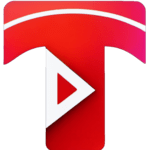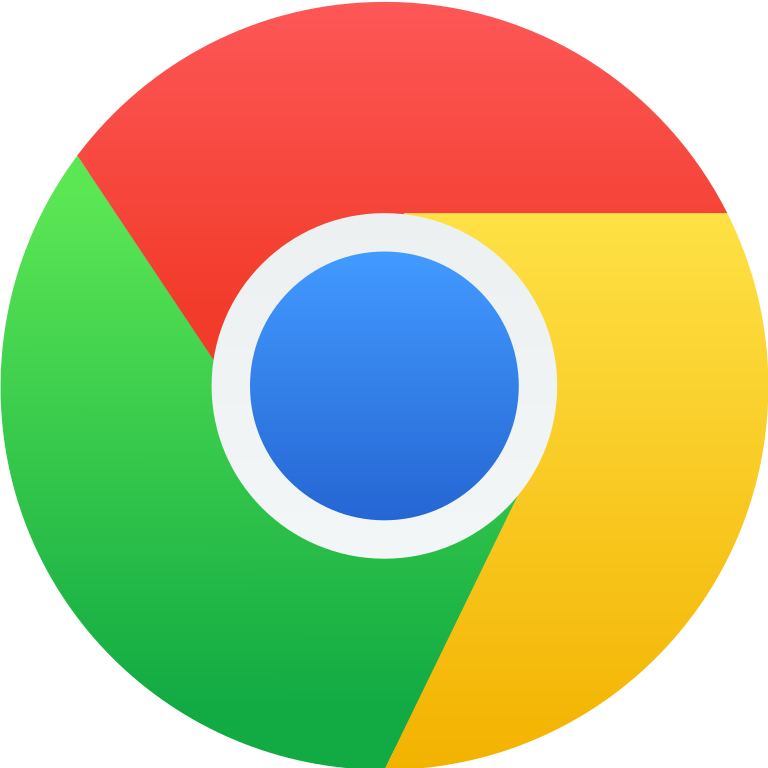- Tubelator AI
- >
- Videos
- >
- Science & Technology
- >
- How to Use Google NotebookLM AI for SEO Blogs: Step-by-Step Guide
How to Use Google NotebookLM AI for SEO Blogs: Step-by-Step Guide
Learn how to create high-quality blog posts using Google Notebook LM and other free resources. Enhance your content with feature images and podcasts to engage readers effectively. Start optimizing your SEO blogs now!
Video Summary & Chapters
1. Introduction 🌟
Overview of using Google NotebookLM for high-quality blog posts
2. Content Creation Strategy 📝
Choosing a topic and gathering top organic links for the blog post foundation
3. Troubleshooting Errors 🔍
Dealing with crawl blockers and errors in Google NotebookLM
4. Alternative Solution 💡
Using a plugin like Fire Shot to capture website content for blog post creation
5. Saving PDF and Adding to Google NotebookLM
How to save a PDF and add it to Google NotebookLM for SEO blogs
6. Chain Prompting Technique
Utilizing chain prompting technique in Google NotebookLM for structured blog posts
7. Analyzing Common Themes
Analyzing common themes and key points in top-ranking organic results
8. Determining Search Intent
Determining the primary search intent for content optimization
9. Identifying Gaps and Opportunities
Identifying gaps and unique opportunities for enhanced blog content
10. Gathering Additional Insights
Gathering expert tips and supplementary information for enriched content
11. Introduction 📝
Explaining the concept of Google NotebookLM and its features.
12. Creating Detailed Outlines ✏️
Guidance on creating a structured outline with suggested headings and key points.
13. Choosing Writing Tone 🗣️
Selecting a preferred tone of voice for the content.
14. Generating Blog Post Outline 📄
Utilizing Google NotebookLM to create a comprehensive blog post outline.
15. Formatting in Markdown 🖥️
Converting the blog post outline into Markdown format for better presentation.
16. Adding Images 🖼️
Incorporating images to enhance the visual appeal of the blog post.
17. Citing Sources 📚
Exploring methods to cite sources and provide valuable references for readers.
18. Providing Value to Readers
Adding value through backlinks and illustrations
19. Embedding Podcast in Blog Post
Customizing audio preview for blog post
20. Generating Blog Post Preview
Creating blog post preview for audience
21. Introduction 🌟
Setting up the audio file and embedding it on your website.
22. Finalizing the Blog Post ✅
Adding the finishing touches and publishing the blog post.
23. Tips for Enhancing Blog Posts 💡
Adding personal experiences and thoughts for a unique touch.
24. Using Google NotebookLM for SEO 📈
Exploring the use of Google NotebookLM for SEO and content copywriting.
25. Joining the AI Ranking School Community 🌐
Information about joining the online community for SEO tools and strategies.
26. Closing Remarks and Subscription 🎉
Encouragement to like, subscribe, and explore further resources.
Video Transcript
welcome to this video tutorial where I'm
going to show you how to write a very
high quality blog post using Google
notebook LM and some other free
resources available to you the end of
the blog post could look like this where
you've got a nice feature image in the
background you even have a podcast which
you can potentially embed into the blog
post like I have here to give your
readers another way to consume your
content let's have a quick listen all
right let's strap on those hiking boots
and get ready for an adventure today
we're diving deep into Chalan Patagonia
it's a dream destination for which I
think is pretty cool and if we move down
we we've got some backlinking where we
are referencing the right sources to
provide even more value to our readers
which should be your number one goal
always and then we even have some
illustrations that will help get our
point across even more so and yeah it's
a really nice quality blog post this is
all using Google notebook LM because it
has a wonderful feature and I'm going to
give you a prompt chaining technique
that will allow you to do this very
quickly so the first thing that you need
to do is decide what you're going to
write about for this instance we're
going to do the same blog which is
finding the best travel guide for the
Chilean Patagonia if we do a quick
search for that for the best places to
travel in the Chilean Patagonia I need
to understand what are the top organic
searches so I don't want to do the
sponsored stuff because that'll just get
me to buy a that'll get me to buy a day
trip or something and I'm not looking
for that I'm looking for blog post and
if I look down you can see that I've
already selected these but I want to go
through and make sure that I get the
URLs for the top organic links in this
instance and we're going to place them
into Google notebook LM and that'll form
as our foundation for the blog post so


 Install Tubelator On Chrome
Install Tubelator On Chrome






